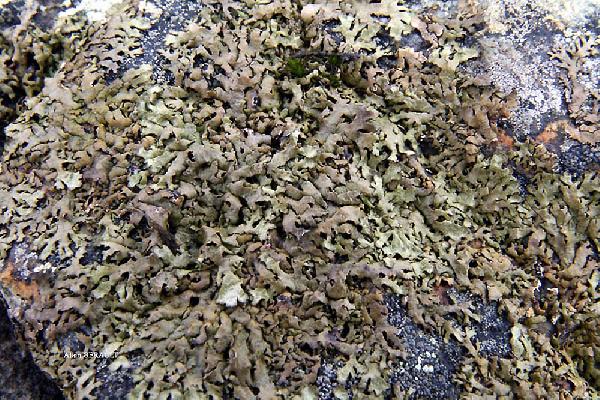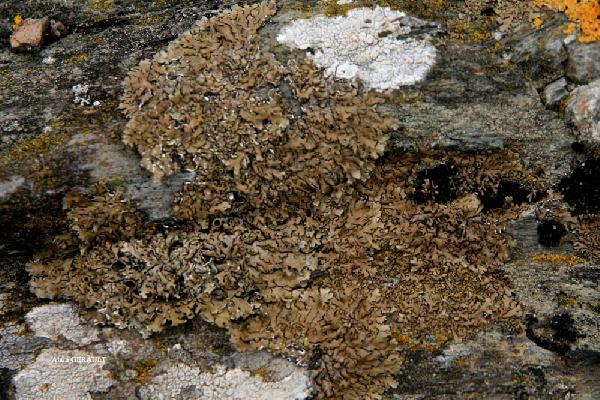Xanthoparmelia delisei (Duby) O. Blanco, A. Crespo, Elix, D. Hawksw. & Lumbsch
Taxon, 53: 967, 2004. Basionym: Parmelia olivacea var. delisei Duby in DC. - Bot. Gall., 2 éd., 2: 602, 1830.
Synonyms: Neofuscelia delisei (Duby) Essl.; Parmelia delisei (Duby) Nyl.; Parmelia prolixa var. perlata Sambo; Parmelia pulla var. delisei (Duby) H. Magn.; Parmelia samboana Gyeln.
Description: Thallus foliose, heteromerous, dorsiventral, adpressed to adnate, forming 4-15 cm wide rosettes. Lobes elongated, 1-4 mm wide, radiating toward margins, occasionally pruinose, more or less strongly maculate at tips, olive-brown to grey-brown, unevenly rumpled and transversely wrinkled. Lower surface dark brown to black, with simple rhizines. Upper cortex brown, paraplectenchymatous, with a pored epicortex, the cell walls with Xanthoparmelia-type lichenan; medulla white; lower cortex paraplectenchymatous. Apothecia usually numerous, lecanorine, sessile to stipitate, to 12 mm across, with a red-brown disc and a smooth thalline margin. Epithecium brown; hymenium and hypothecium colourless; paraphyses simple; hypothecium colourless. Asci 8-spored, clavate, the K/I+ blue tholus penetrated by a faintly amyloid apical cushion with parallel or diverging flanks, the wall K/I-, surrounded by a K/I+ blue outer layer, Lecanora-type. Ascospores 1-celled, hyaline, ellipsoid, 7-11 x 4-6 µm. Pycnidia common, immersed. Conidia weakly dumbell-shaped, 4.5-7 x c. 1 µm. Photobiont: chlorococcoid. Spot tests: upper cortex K-, C-, KC- or KC+ faintly yellow, P-, UV-, N+ blue-green; medulla K-, C- or C+ faintly red, KC+ orange-red, P-, UV-. Chemistry: medulla with glomellic, glomelliferic and perlatolic acids, often with gyrophoric acid as well, and numerous other accessory compounds.
Growth form: Foliose, broad lobed
Substrata: rocks
Photobiont: green algae other than Trentepohlia
Reproductive strategy: mainly sexual
Commonnes-rarity: (info)
Alpine belt: absent
Subalpine belt: absent
Montane belt: very rare
Dry submediterranean belt: rather rare
Humid submediterranean belt: rather rare
Padanian area: absent
pH of the substrata:
1 2 3 4 5
Solar irradiation:
1 2 3 4 5
Aridity:
1 2 3 4 5
Eutrophication:
1 2 3 4 5
Poleotolerance:
0 1 2 3
Altitudinal distribution:
1 2 3 4 5 6
Rarity
absent
extremely rare
very rare
rare
rather rare
rather common
common
very common
extremely common
Loading data...
Occurrence data
Predictive map
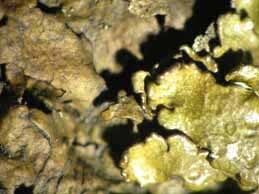
Harrie Sipman – Source http://www.bgbm.fu-berlin.de/sipman/Zschackia/AegeanLichens/CaloplacaAC.htm - As Caloplaca oasis
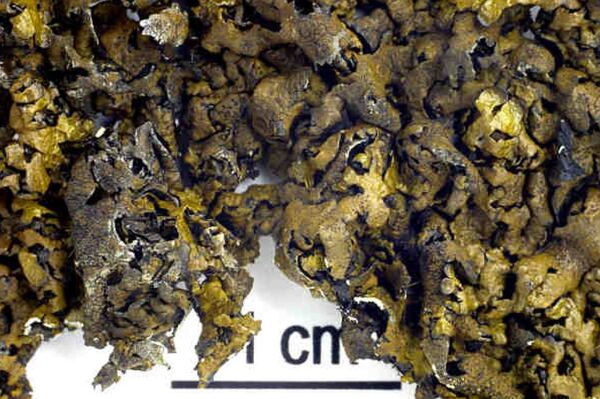
Felix Schumm – CC BY-SA 4.0
Image from: F. Schumm (2008) - Flechten Madeiras, der Kanaren und Azoren. Beck, OHG - ISBN: 978-3-00-023700-3
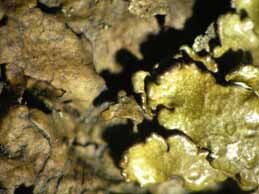
Harrie Sipman – Source http://www.bgbm.fu-berlin.de/sipman/Zschackia/AegeanLichens/CaloplacaAC.htm - As Caloplaca oasis
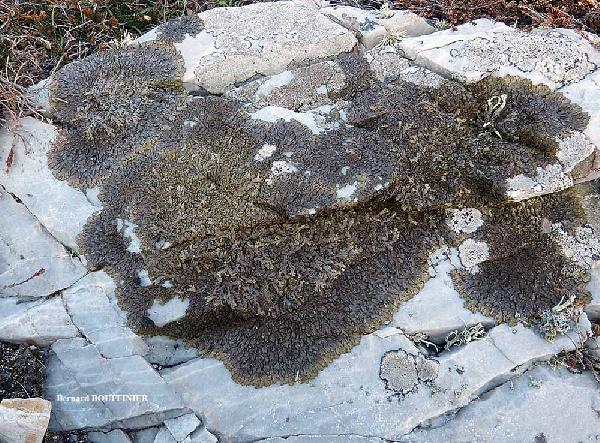
Bernard Bouffinier - Source: http://www.lichensmaritimes.org/index.php?task=fiche&lichen=89&lang=en
France, Pointe de Pen-Hir
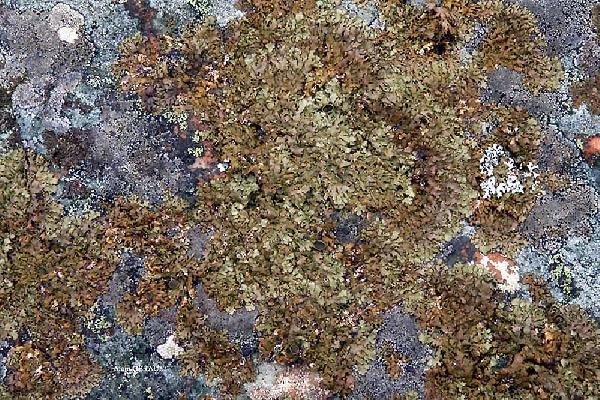
Alain Gerault - Source: http://www.lichensmaritimes.org/index.php?task=fiche&lichen=89&lang=en
France, Pointe de Pen-Hir
Growth form: Foliose, broad lobed
Substrata: rocks
Photobiont: green algae other than Trentepohlia
Reproductive strategy: mainly sexual
Commonnes-rarity: (info)
Alpine belt: absent
Subalpine belt: absent
Montane belt: very rare
Dry submediterranean belt: rather rare
Humid submediterranean belt: rather rare
Padanian area: absent
pH of the substrata:
| 1 | 2 | 3 | 4 | 5 |
Solar irradiation:
| 1 | 2 | 3 | 4 | 5 |
Aridity:
| 1 | 2 | 3 | 4 | 5 |
Eutrophication:
| 1 | 2 | 3 | 4 | 5 |
Poleotolerance:
| 0 | 1 | 2 | 3 |
Altitudinal distribution:
| 1 | 2 | 3 | 4 | 5 | 6 |
Rarity
absent
extremely rare
very rare
rare
rather rare
rather common
common
very common
extremely common
Loading data...
Occurrence data
Predictive map

Harrie Sipman – Source http://www.bgbm.fu-berlin.de/sipman/Zschackia/AegeanLichens/CaloplacaAC.htm - As Caloplaca oasis

Felix Schumm – CC BY-SA 4.0
Image from: F. Schumm (2008) - Flechten Madeiras, der Kanaren und Azoren. Beck, OHG - ISBN: 978-3-00-023700-3

Harrie Sipman – Source http://www.bgbm.fu-berlin.de/sipman/Zschackia/AegeanLichens/CaloplacaAC.htm - As Caloplaca oasis

Bernard Bouffinier - Source: http://www.lichensmaritimes.org/index.php?task=fiche&lichen=89&lang=en
France, Pointe de Pen-Hir



